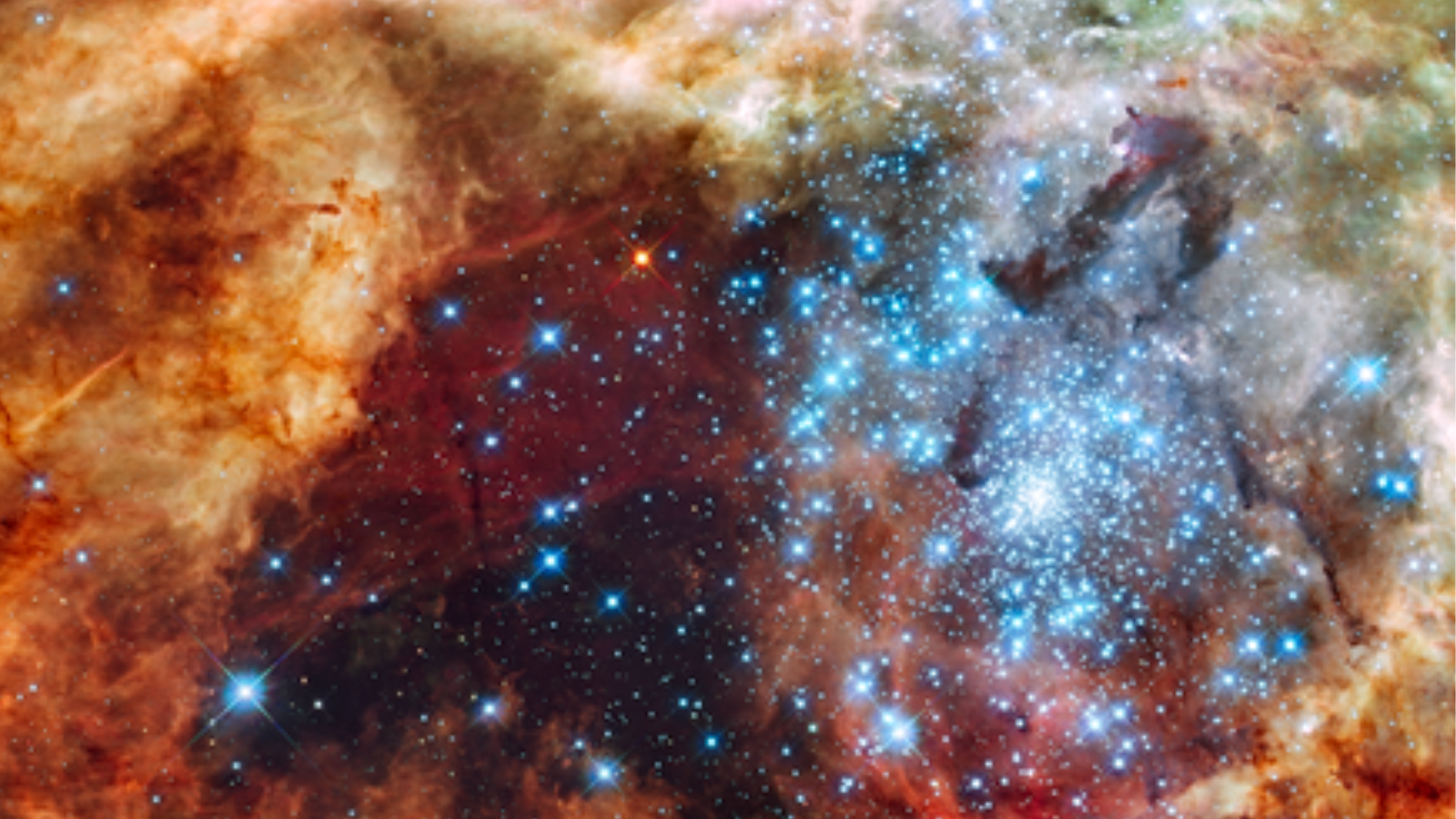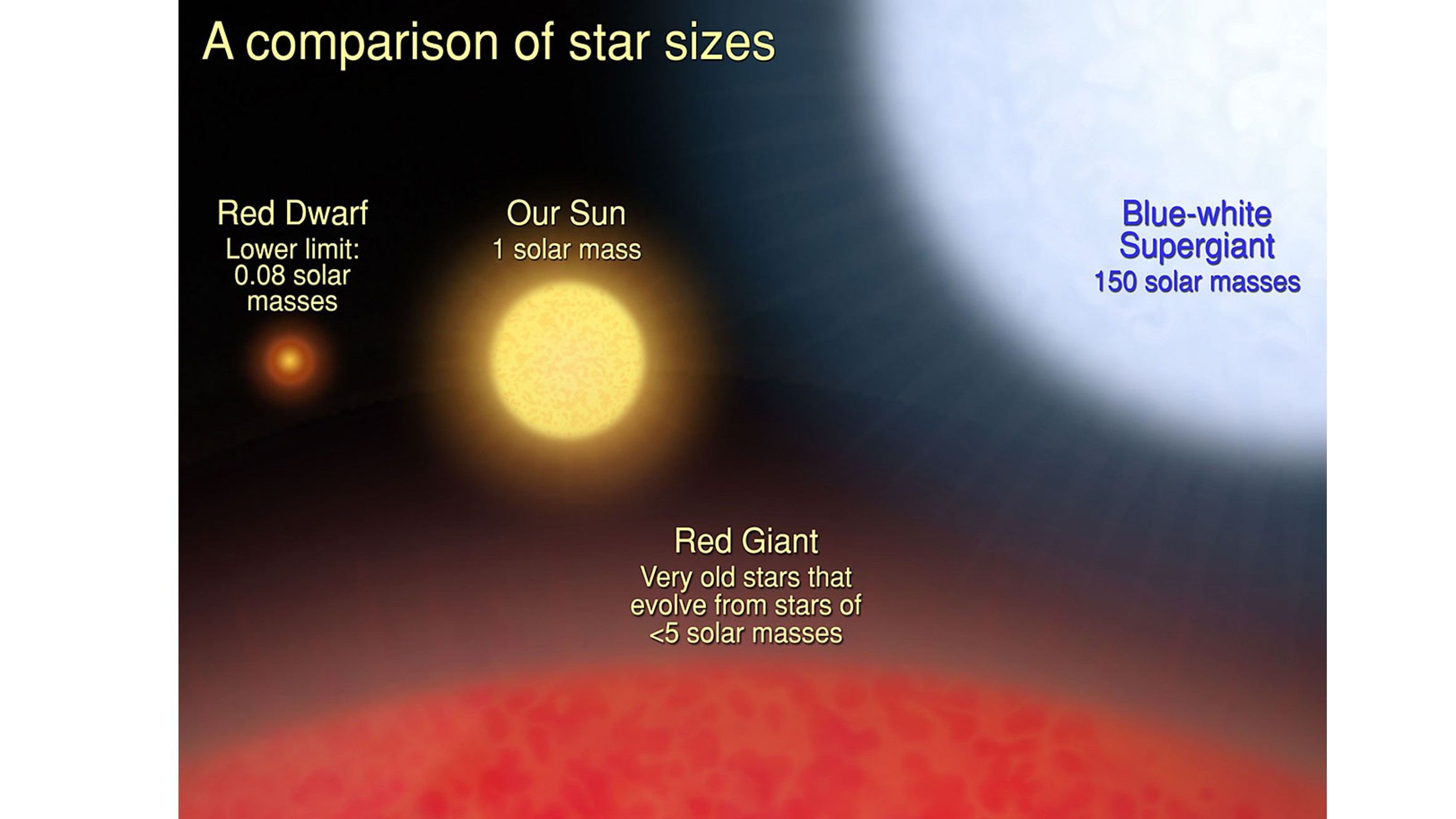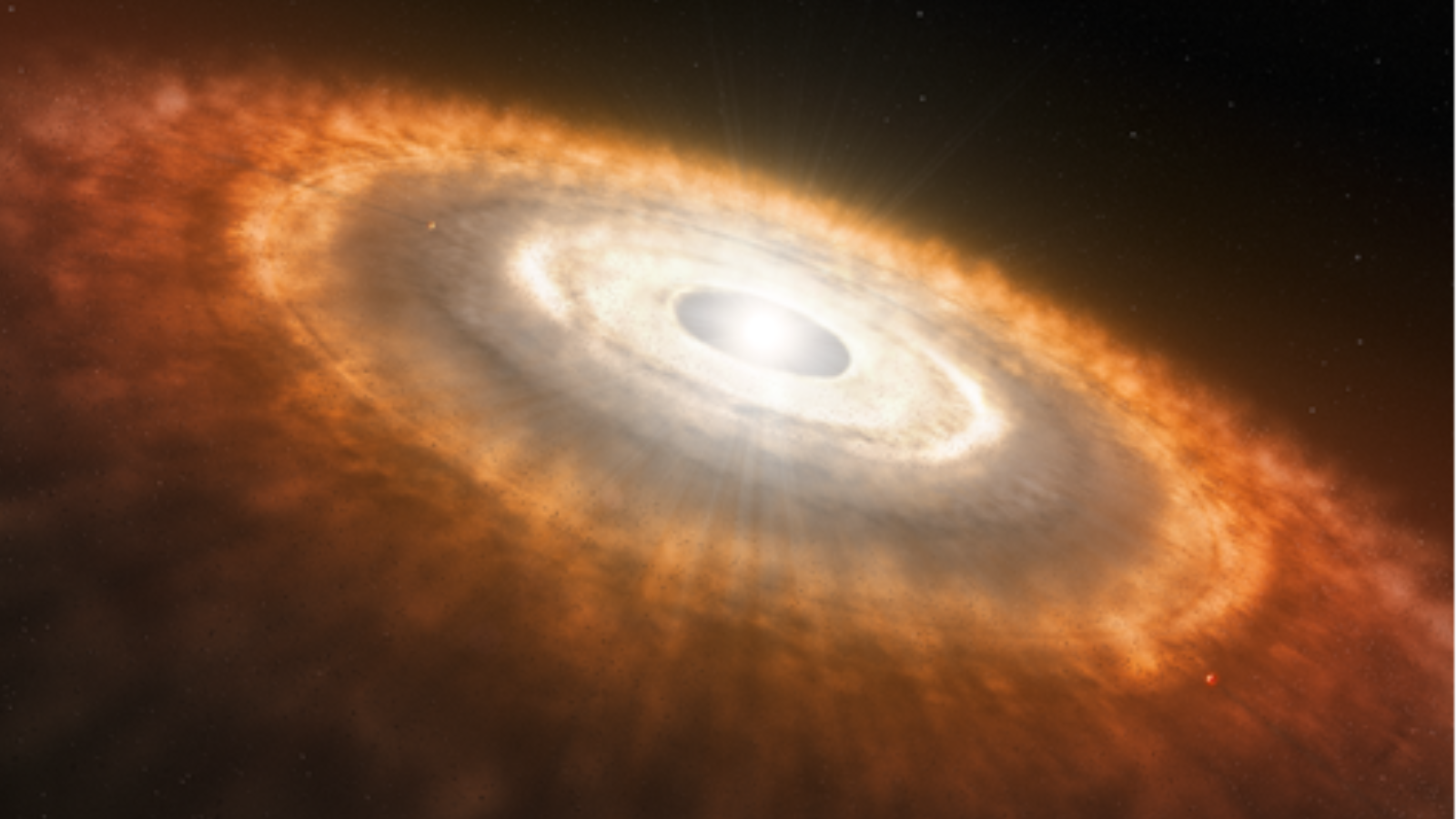Hubble Space Telescope finds bucket of cosmic Easter eggs — 500 blue and red stars
The ULLYSES program is the largest Hubble operation ever performed. Now that observations are over, scientists can dive into a treasure trove of data.

In December 2023, the Hubble Space Telescope completed its largest program since launching in 1990. With this program, the telescope made observations of 500 individual stars over three years — and scientists are now ready to dive into this cosmic Easter egg of data.
The comprehensive Hubble Telescope survey is called the Ultraviolet Legacy Library of Young Stars as Essential Standards, or ULLYSES; Hubble was deemed by ULLYSES operators as the sole active telescope capable of accomplishing such a pioneering endeavor.
These ultraviolet-light-observation treats will last way past the Easter holiday, however, keeping researchers busy for decades to come as they offer fresh insight into star formation, star evolution and the impact stars have on their surroundings.
"I believe the ULLYSES project will be transformative, impacting overall astrophysics, from exoplanets to the effects of massive stars on galaxy evolution, to understanding the earliest stages of the evolving universe," Julia Roman-Duval, ULLYSES Implementation Team leader at the Space Telescope Science Institute (STScI) in Baltimore, Maryland, said in a statement. "Aside from the specific goals of the program, the stellar data can also be used in fields of astrophysics in ways we can’t yet imagine."
Related: Hubble Telescope witnesses a new star being born in a stunning cosmic light show (image)
The ULLYSES team used Hubble to study 220 stars first, then delved into the space telescope's archive to retrieve observations of a further 275 stars. The researchers also incorporated data about stars from a plethora of other space telescopes and ground-based observatories.
The completed ULLYSES dataset is comprised of stellar spectra that contain information about each star's temperature, chemical composition and the speed at which it is spinning.
Get the Space.com Newsletter
Breaking space news, the latest updates on rocket launches, skywatching events and more!
Hubble and ULLYSES see red (and blue)
Of particular interest to the ULLYSES team are superhot and massive blue stars that can grow to be a million times brighter than our sun. These scorching stars glow strongly in ultraviolet light, meaning Hubble can easily distinguish them.
Massive blue stars live fast and die young, quickly burning through the fuels needed for their intrinsic nuclear fusion processes and forging "metals," the term astronomers use to describe elements heavier than hydrogen and helium. Hydrogen and helium are the elements that stars are mostly made of at the start of their lives.
The stellar spectra of massive blue stars can reveal details about the speeds of powerful stellar winds that flow outward from them. After massive stars explode in supernova blasts, it is these stellar winds which disperse the elements those stars have forged. The elements are then spread all throughout the cosmos — so, understanding these winds would be a major step toward understanding the galactic distribution of heavy elements that become the building blocks of the next generation of stars and planets. Those elements may eventually become the foundation for life in the universe, too.

Due to this dispersion process, each subsequent stellar generation has a greater concentration of metals than the last. Formed when the majority of atoms in the universe were hydrogen and a little helium, the first generation of stars are considered "metal-poor," while later generations of stars, including the sun, are "metal-rich."
ULLYSES and Hubble targeted blue stars in galaxies close to the Milky Way that seem to be deficient in metals. These stars can, therefore, act as proxies for the earliest stars, helping scientists investigate stars that existed in the infant universe and are now beyond the range at which we can easily see deep detail.
"ULLYSES observations are a stepping stone to understanding those first stars and their winds in the universe and how they impact the evolution of their young host galaxy," Roman-Duval said.
At the other end of the color (and size) spectrum, the ULLYSES project also focused on young stars that are cooler, smaller and redder than the sun. These stars were also located closer to home, in active star-forming regions of the Milky Way.
During their formative years, as they gathered mass from the disks of gas and dust that enshroud them, these young red stars created turbulence in their systems by blasting out high-energy ultraviolet and X-ray light. This would've impacted the planet-forming disks around these stars, and influenced if the planets that will eventually be born around these stars can ever be habitable.

The Hubble observations collected for ULLYSES could help scientists better understand the processes by which these young stars accrete matter from their surroundings to pile on the mass required to trigger the nuclear fusion of hydrogen to helium. Starting that process would make the young star a fully-fledged star.
This could also reveal the effect these stars have on the disks that surround them, which will eventually go on to form planets. Thus, studying the survey could potentially help scientists better understand which systems are more suited for searches for life.
"ULLYSES was originally conceived as an observing program utilizing Hubble's sensitive spectrographs. However, the program was tremendously enhanced by community-led coordinated and ancillary observations with other ground- and space-based observatories," Roman-Duval said. "Such broad coverage allows astronomers to investigate the lives of stars in unprecedented detail and paint a more comprehensive picture of the properties of these stars and how they impact their environment."
Even before ULLYSES data delivers new insights into the lives of stars and their environments, this survey demonstrates that even after over three decades of cosmic observations, Hubble is still delivering ground-breaking science.
Join our Space Forums to keep talking space on the latest missions, night sky and more! And if you have a news tip, correction or comment, let us know at: community@space.com.

Robert Lea is a science journalist in the U.K. whose articles have been published in Physics World, New Scientist, Astronomy Magazine, All About Space, Newsweek and ZME Science. He also writes about science communication for Elsevier and the European Journal of Physics. Rob holds a bachelor of science degree in physics and astronomy from the U.K.’s Open University. Follow him on Twitter @sciencef1rst.









